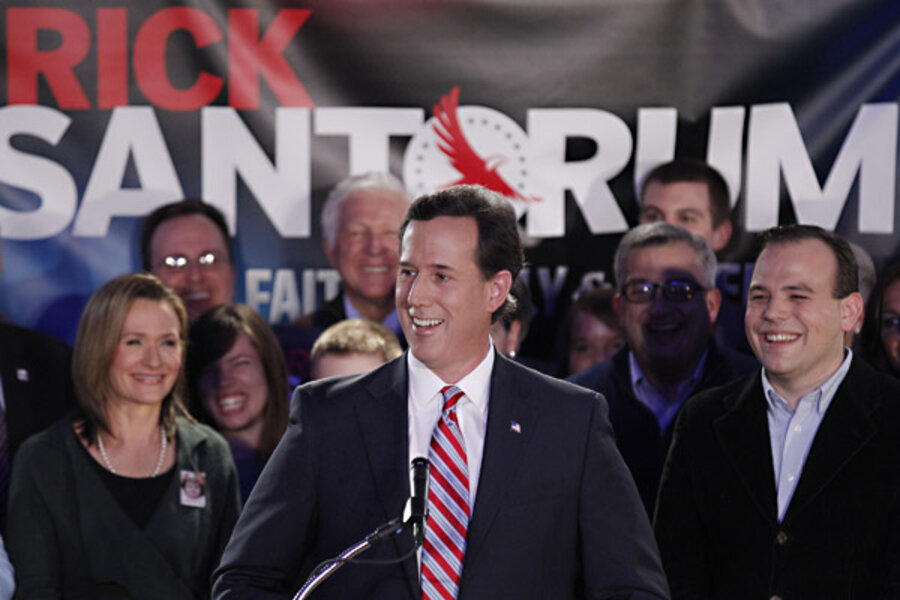Rick Santorum's tax plan explained
Loading...
With Rick Santorum surging in Iowa, it is a good time to take a look at his tax agenda. While his revenue plan has received almost no attention, it plays a major role in his “faith, family and freedom” campaign. His playbook: lower rates for individuals and corporations, substantially cut taxes on capital, and increase the personal exemption for dependent children.
The Tax Policy Center has not yet formally modeled the former Pennsylvania senator’s tax platform. However, because it cuts rates significantly but does not eliminate tax preferences—and even expands a few—it would very likely add trillions of dollars to the federal deficit. Looked at from that prism, it is not so different from the ideas raised by most of his GOP rivals.
Like other Republican tax planks, Santorum’s would benefit corporations and high-income individuals. No surprise there. But unlike his rivals, he’d also cut taxes for many families with children.
Santorum is no bleeding heart, however. Even as he’d cut their taxes, he’d shred direct government spending for programs aimed at assisting these same households. As part of his plan to cut federal spending by $5 trillion over five years, he’d immediately slash many domestic programs to 2008 levels, and freeze for five years spending for social programs such as Medicaid, housing subsidies, food stamps, education, and job training.
Interestingly, by using tax expenditures to support these families, Santorum would likely add significantly to the number of households that pay no income tax. This is anathema to current Republican orthodoxy, although not something that would trouble Milton Friedman.
Specifically, Santorum would:
- Replace the current individual rate structure with just two rates—10 and 28 percent
- Lower rates on capital gains and dividends to 12 percent
- Triple the personal exemption for dependent children and keep the refundable earned income and child tax credits
- Retain tax preferences for charitable giving, mortgage interest, health care, and retirement savings
- Repeal the Alternative Minimum Tax
- Cut the corporate rate in half to 17.5 percent. Manufacturers would pay no income tax
- Allow full expensing for capital investment
- Increase the R&D tax credit to 20 percent
- Allow multinationals to bring foreign earnings back to the U.S. at a 5.25 percent tax rate but at a zero rate if they used the funds to buy “manufacturer’s equipment”
Santorum’s plan cleverly melds the interests of social conservatives and business. This should play well in future GOP primaries. If he somehow gets the nomination, he’ll still have to explain the huge hole he’d blow in the budget. But I don’t suppose he’s much worried about that now.





